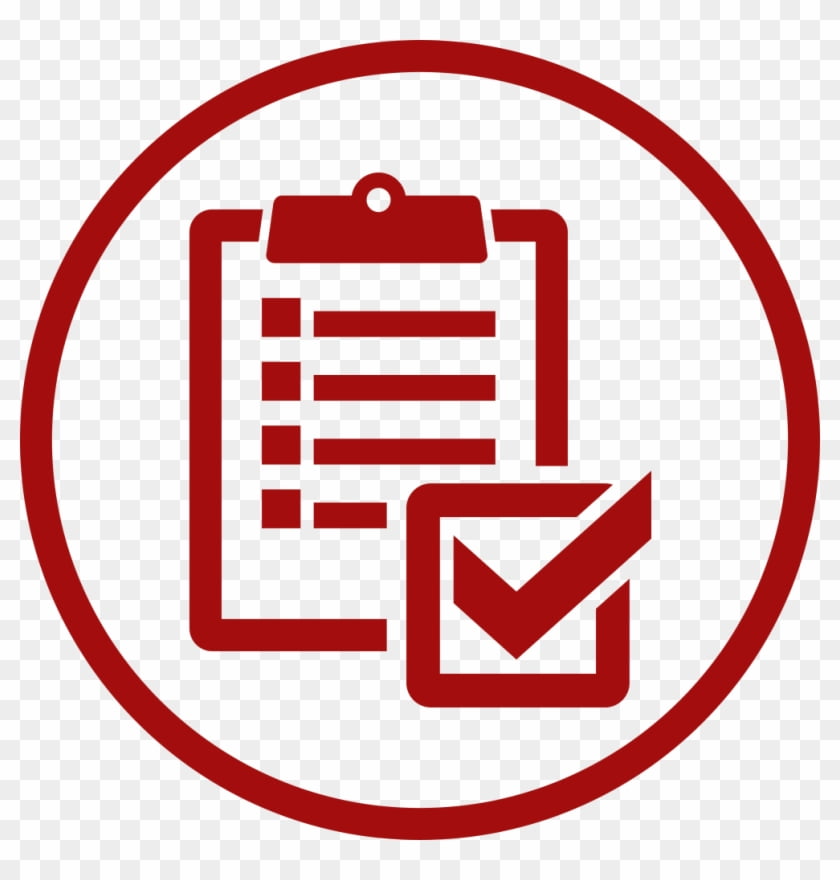Mastering Geofencing: A 15-Step Guide to Location-Based Marketing Success
In today's competitive digital landscape, businesses need innovative strategies to connect with customers. Geofencing, a powerful location-based marketing technique, offers a targeted approach to engage your audience. This guide provides fifteen crucial steps to leverage geofencing for impactful location-based marketing.
1. Understanding Geofencing Fundamentals: Geofencing creates virtual perimeters around specific locations—a store, event, or even a competitor's business—using GPS, Wi-Fi, or cellular data. This enables targeted messaging to customers within that area, facilitating highly relevant interactions and personalized experiences.
2. Defining Your Target Audience: Before implementing a geofencing campaign, thoroughly identify your ideal customer. Analyze demographics, purchasing habits, and preferences to pinpoint individuals most receptive to location-based marketing. This ensures efficient resource allocation and maximizes campaign ROI.
3. Choosing the Right Geofencing Platform: The market offers various geofencing platforms, each with unique features and capabilities. Research thoroughly to select a platform that aligns with your business objectives and budget. Consider factors such as user-friendliness, scalability, reporting features, and integration with existing marketing tools.
4. Setting Clear, Measurable Objectives: Define specific, measurable, achievable, relevant, and time-bound (SMART) goals for your geofencing campaign. Whether it's increasing foot traffic, boosting online sales, enhancing brand awareness, or generating leads, clear goals guide campaign design and evaluation.
5. Creating Compelling Content: Develop engaging content that resonates with your target audience. Utilize captivating visuals, personalized messaging, and a clear call to action to maximize engagement and conversion rates. Ensure the content is contextually relevant to the customer's location.
6. Precise Geofence Boundary Definition: Carefully determine the precise geographical boundaries of your geofences. Consider proximity to your business, competitor locations, or event venues. Strategic boundary definition optimizes resource utilization and campaign effectiveness.
7. Integrating Geofencing with Social Media: Amplify your reach by integrating geofencing with your social media strategy. Target users near your business or attending relevant events by creating geofences and promoting exclusive offers or contests via social media channels.
8. Optimizing Campaign Timing: The timing of your geofencing messages is critical. Deliver offers and notifications at opportune moments to capture customer attention. For example, alert passersby of a limited-time sale when they are near your store, increasing the likelihood of immediate action.
9. Continuous Monitoring and Performance Analysis: Regularly track and analyze your geofencing campaigns' performance. Monitor key metrics like click-through rates, conversion rates, foot traffic, and ROI. Use data-driven insights to refine strategies and optimize future campaigns.
10. Personalization for Enhanced Engagement: Enhance engagement by personalizing messages and offers based on customer location, preferences, and past interactions. Tailored experiences foster stronger connections and improve conversion rates.
11. Leveraging Beacons for Improved Customer Interaction: Enhance your geofencing strategy by integrating beacons. These small Bluetooth devices transmit targeted messages to customers' smartphones upon entering a geofenced area, creating a more interactive and personalized experience.
12. Utilizing Geofencing for Customer Retention: Geofencing isn't solely for acquiring new customers; it's also valuable for retention. Send exclusive offers, loyalty rewards, or personalized reminders to encourage repeat visits and build brand loyalty.
13. Implementing A/B Testing: Continuously test different geofencing strategies and analyze their effectiveness. A/B test messages, geofence locations, and timing to identify optimal campaign elements and maximize results.
14. Prioritizing User Privacy and Data Protection: Adhere to privacy regulations and obtain explicit user consent before using their location data. Transparent communication about data usage builds trust and maintains a positive brand image.
15. Adapting to Evolving Technology: Geofencing technology and marketing strategies are constantly evolving. Stay updated on the latest advancements and best practices to ensure your campaigns remain effective and competitive.
By diligently following these fifteen steps, businesses can harness the power of geofencing for impactful location-based marketing. Personalize your approach, analyze results meticulously, prioritize user privacy, and watch your business thrive in the digital age.






No comments yet. Be the first to share your thoughts!